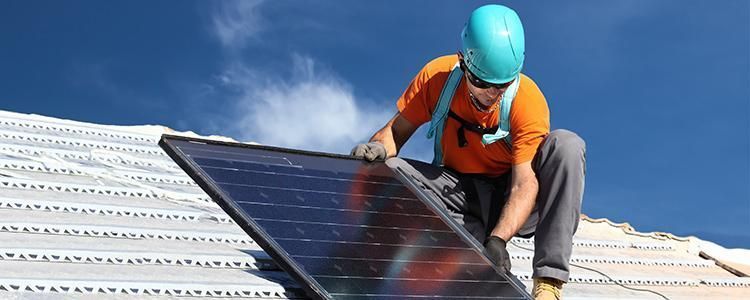Wind energy has been making waves in the global energy landscape, offering a clean and renewable alternative to traditional fossil fuels. As concerns about climate change and environmental sustainability continue to grow, wind energy is playing an increasingly important role in meeting the world’s energy needs while reducing carbon emissions.
The Rise of Wind Energy
In recent years, wind energy has experienced tremendous growth and development. According to the Global Wind Energy Council, the total global installed wind capacity reached 651 GW by the end of 2020, with China, the United States, and Germany leading the way in wind energy production.
Advancements in technology, such as larger and more efficient turbines, have significantly increased the efficiency and reliability of wind energy generation. Wind farms are now able to produce electricity at a competitive cost compared to traditional energy sources, making wind energy an attractive option for many countries looking to reduce their carbon footprint.
The Environmental Benefits of Wind Energy
One of the main advantages of wind energy is its minimal impact on the environment. Unlike fossil fuels, wind energy does not produce greenhouse gas emissions or air pollutants that contribute to climate change and air pollution. By harnessing the power of the wind, we can reduce our reliance on fossil fuels and move towards a more sustainable energy future.
Additionally, wind energy requires much less water for cooling compared to traditional power plants, reducing water usage and preserving precious resources. This makes wind energy a more environmentally friendly option for regions facing water scarcity or drought conditions.
Economic Opportunities and Job Creation
The growth of the wind energy industry also presents significant economic opportunities and job creation. As more countries invest in wind energy infrastructure, there is a growing demand for skilled workers in manufacturing, construction, and maintenance of wind farms. This has the potential to create thousands of new jobs and stimulate economic growth in local communities.
Furthermore, wind energy can provide a reliable and stable source of electricity, reducing the volatility of energy prices and enhancing energy security. By diversifying our energy sources and reducing our dependence on imported fossil fuels, we can create a more resilient and sustainable energy system for the future.
The Future of Wind Energy
As we look towards the future, wind energy is poised to play an even larger role in the global energy landscape. With ongoing advancements in technology and increasing investment in renewable energy projects, wind energy has the potential to become a major contributor to the world’s energy supply.
However, there are still challenges that need to be addressed, such as grid integration, energy storage, and public acceptance of wind energy projects. By overcoming these obstacles and continuing to promote the benefits of wind energy, we can accelerate the transition to a more sustainable and environmentally friendly energy system.
Wind energy is not just a sustainable alternative to fossil fuels – it is a key driver of innovation, economic growth, and environmental protection. By harnessing the power of the wind, we can create a cleaner and more sustainable future for generations to come.


